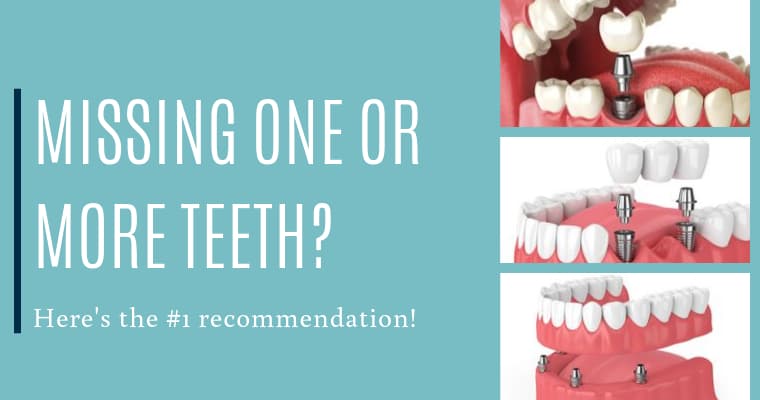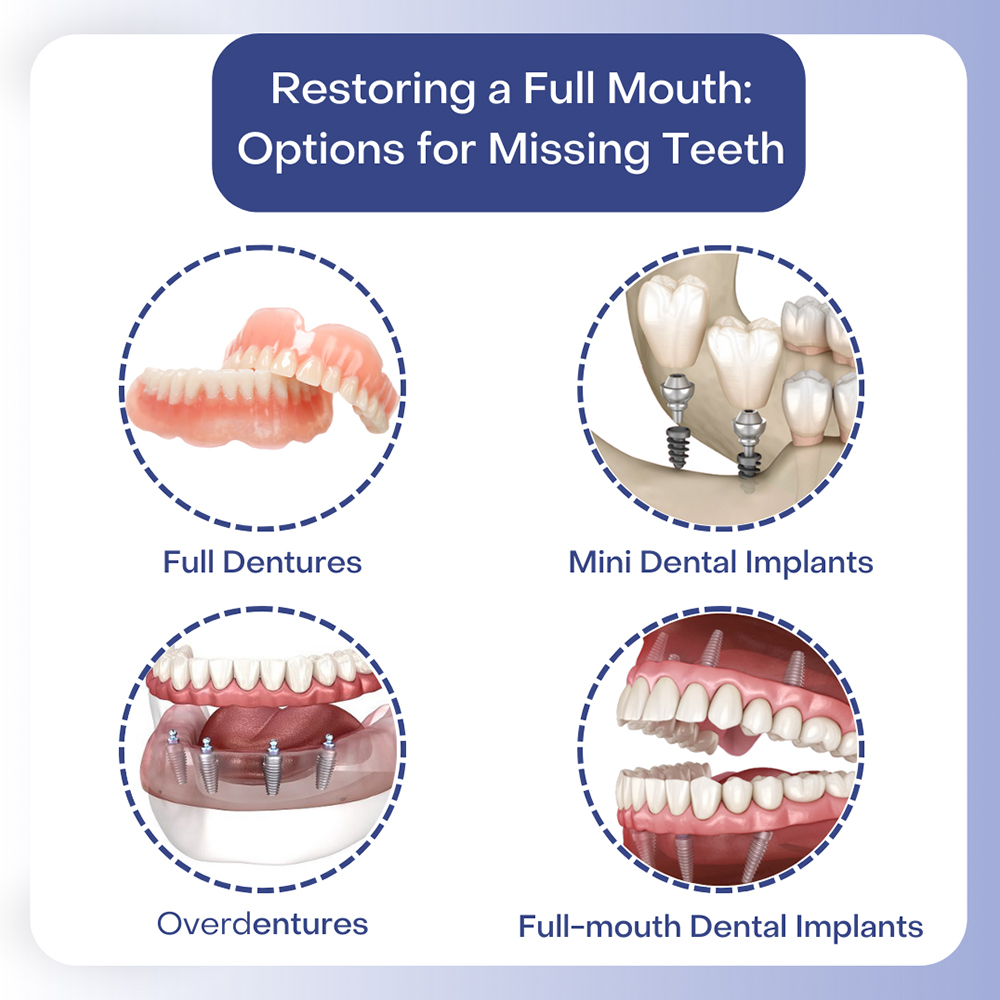Rumored Buzz on Dental Sense
Rumored Buzz on Dental Sense
Blog Article
Dental Sense Fundamentals Explained
Table of ContentsThe Buzz on Dental SenseSome Known Questions About Dental Sense.The Greatest Guide To Dental SenseThe 9-Minute Rule for Dental Sense
are medical gadgets surgically implanted right into the jaw to recover a person's ability to chew or their look. They give support for man-made (phony) teeth, such as crowns, bridges, or dentures. When a tooth is shed due to injury or illness, a person can experience issues such as quick bone loss, defective speech, or changes to eating patterns that cause pain.Dental implant systems include an oral implant body and oral implant abutment and might likewise include an abutment addiction screw. Dental veneers cost. The dental implant body is operatively inserted in the jawbone in area of the tooth's origin. The dental implant joint is normally affixed to the dental implant body by the joint fixation screw and expands through gum tissues right into the mouth to sustain the attached fabricated teeth
(https://justpaste.it/hj6ob)Framework of The Oral Implant System selecting oral implants, talk to your oral provider about the prospective advantages and risks, and whether you are a candidate for the procedure. Things to take into consideration: Your total wellness is a vital consider determining whether you are a good prospect for oral implants, for how long it will certainly take to heal, and how long the implant might stay in place.
Cigarette smoking might impact the healing process and reduce the long-lasting success of the dental implant. The recovery procedure for the implant body might take several months or longer, during which time you commonly have a short-lived abutment instead of the tooth. the oral implant treatment: Very carefully follow the dental hygiene guidelines provided to you by your dental company.
How Dental Sense can Save You Time, Stress, and Money.
Implant failure can cause the demand for another operation to deal with or replace the implant system. Restores the capability to chew Recovers cosmetic appearance Assists keep the jawbone from diminishing as a result of bone loss Protects the health of the surrounding bone and gum tissues Aids maintain adjacent (neighboring) teeth steady Boosts high quality of life Damage to bordering all-natural teeth throughout implant placement Injury to the surrounding cells during surgical procedure, such as sinus opening Injury throughout surgical treatment (for instance, fracture of surrounding jawbone) Poor feature, such as feeling like the teeth do not attack with each other typically An experience that the tooth hangs or twisting in position arising from a joint screw loosening Implant body failing (looseness of the dental implant body) due to systemic infection, which might be most likely in clients with unchecked diabetics issues as a result of local infection in bone and gums sustaining the dental implant body because of delayed healing, which may be most likely in clients who smoke Problem cleaning up the periodontals around the dental implant, leading to bad dental health Unattended gum disease Post-surgical numbness because of nerve impingement or damages Constantly alert healthcare service providers and imaging specialists that you have dental implants before any magnetic resonance imaging (MRI) or x-ray procedures.
FDA is not aware of any type of damaging events reported for MRI or x-ray treatments with oral implants. Dental implants systems are typically made from materials that adhere to global consensus criteria of the International Company for Standardization (ISO) or ASTM International. These requirements have details of what makes a risk-free product.

An oral implant is a framework that changes a missing tooth. With screw-like devices, the specialist inserts a dental implant into the jawbone, and it acts as an anchor for a man-made tooth, called a crown. A device called a joint connects the artificial tooth to the oral implant. The crown is customized to fit the individual's mouth and match the shade of their teeth.
Not known Facts About Dental Sense
Some individuals are not qualified for dental implant surgery. It is for dental specialists to run on individuals with: intense illnessuncontrollable metabolic diseasebone or soft cells condition or infectionIf these concerns are solved, a person can have the surgical procedure. In, dental doctors abstain from operating individuals with: If people with any of the above undergo oral implant surgical treatment, there is a greater danger of the implant stopping working.

Oral dental implant surgical treatment is a customized procedure. It's not the same for everybody. But the adhering to gives a general review of what you can expect your dental professional, dental surgeon, periodontist or prosthodontist to do: Put the implant operatively. Provide you time to recover. Attach the article and final crown, bridge or denture.
Next, your surgeon will very carefully put the oral implant right into your jaw. Lastly, your doctor will rearrange your periodontals and close the cut with stitches. If your implant is near the front of your mouth, your dental practitioner will make a temporary tooth for you to wear till you heal. That means, you will not have a gap in your smile while you recover.
The Facts About Dental Sense Uncovered
Throughout the recovery stage, your jawbone needs to fuse to the reference oral implant. This procedure can take anywhere from three to nine months.
Once your dental implant heals, your dental professional can attach the abutment (small adapter message) and your final restoration (crown, bridge or denture). This usually takes about one hour to finish and may call for a second small surgical procedure. You shouldn't feel any discomfort throughout your dental implant procedure due to the fact that your provider will make use of medicine to numb your gum tissues.
Report this page